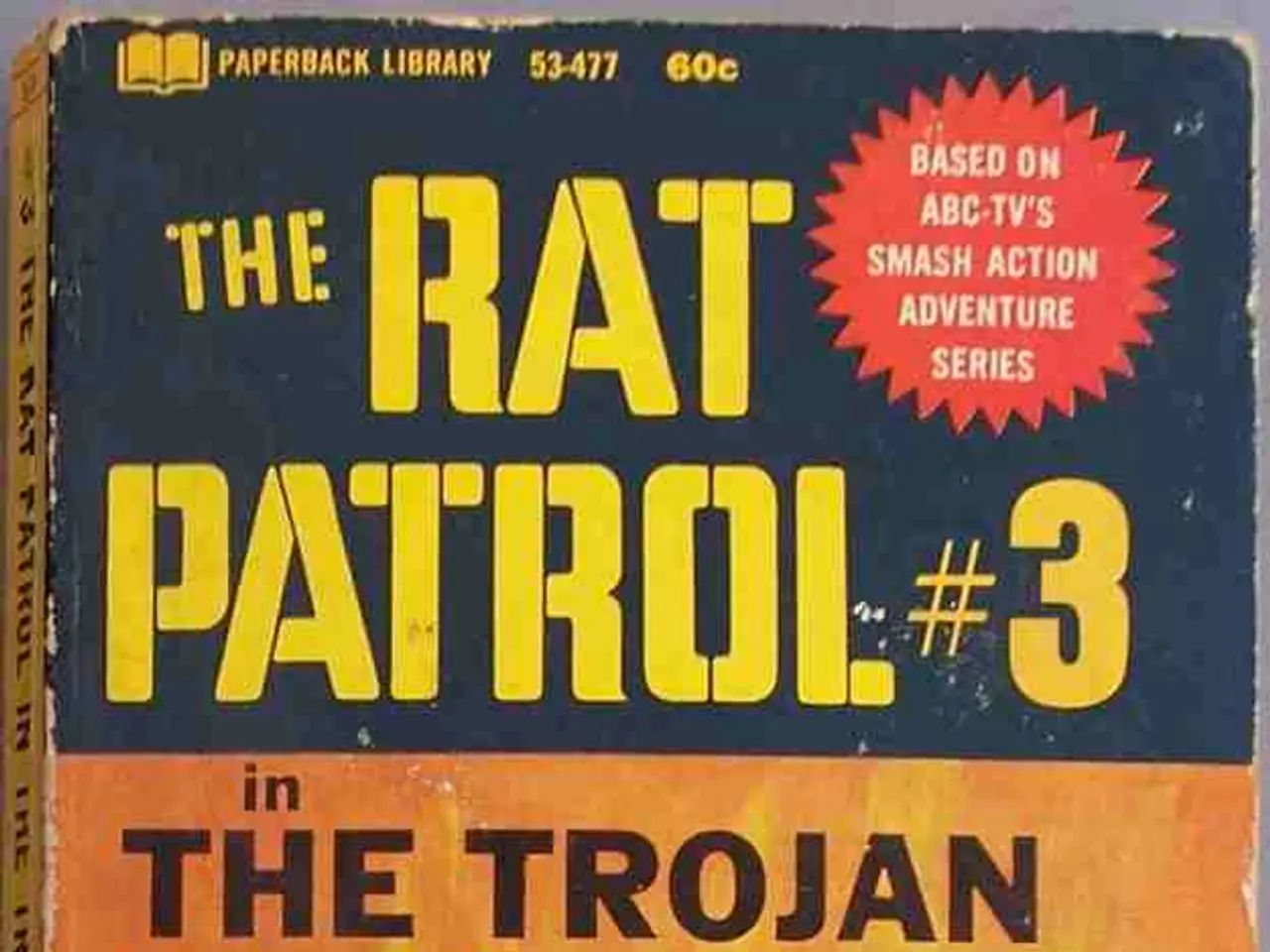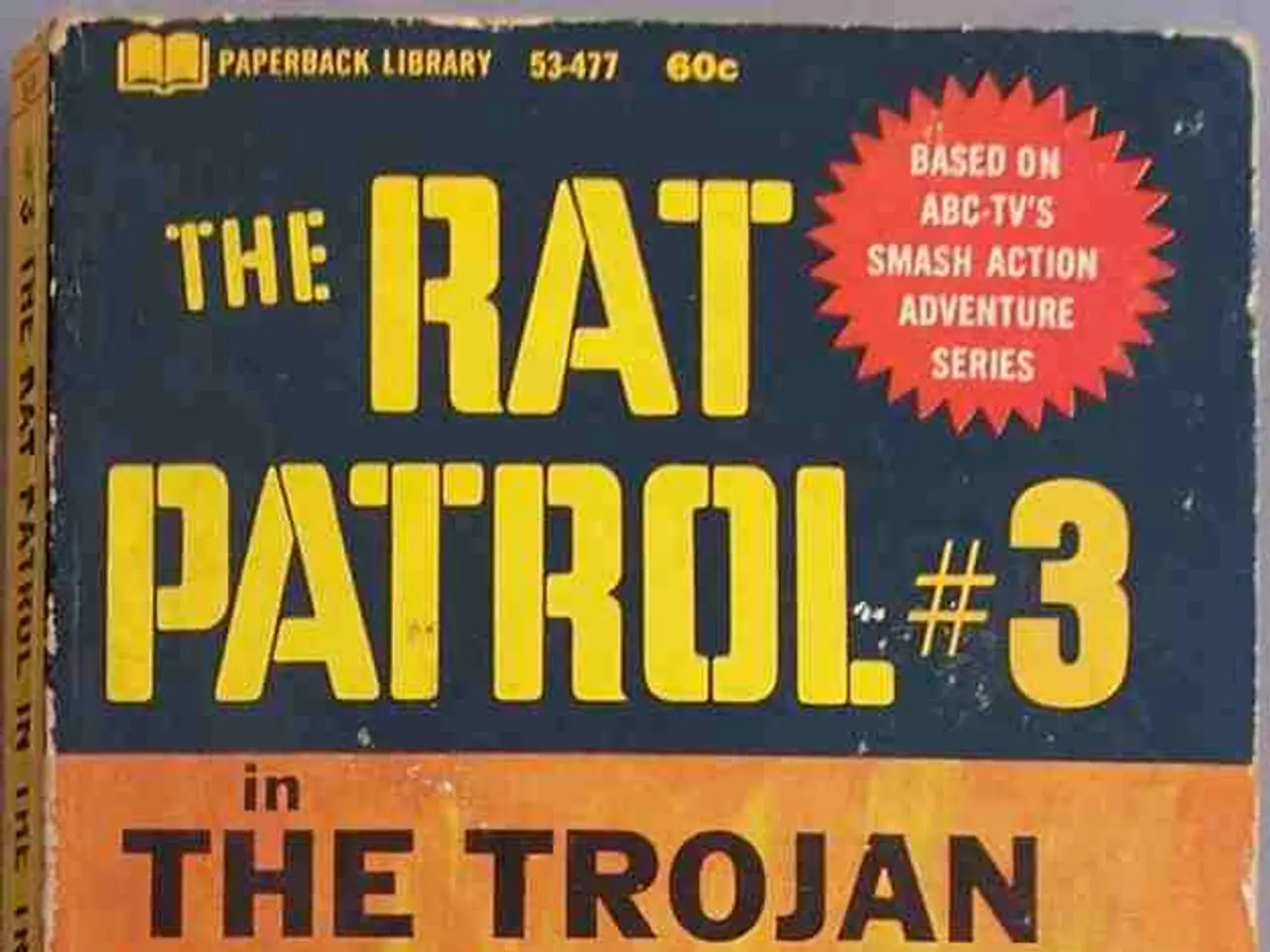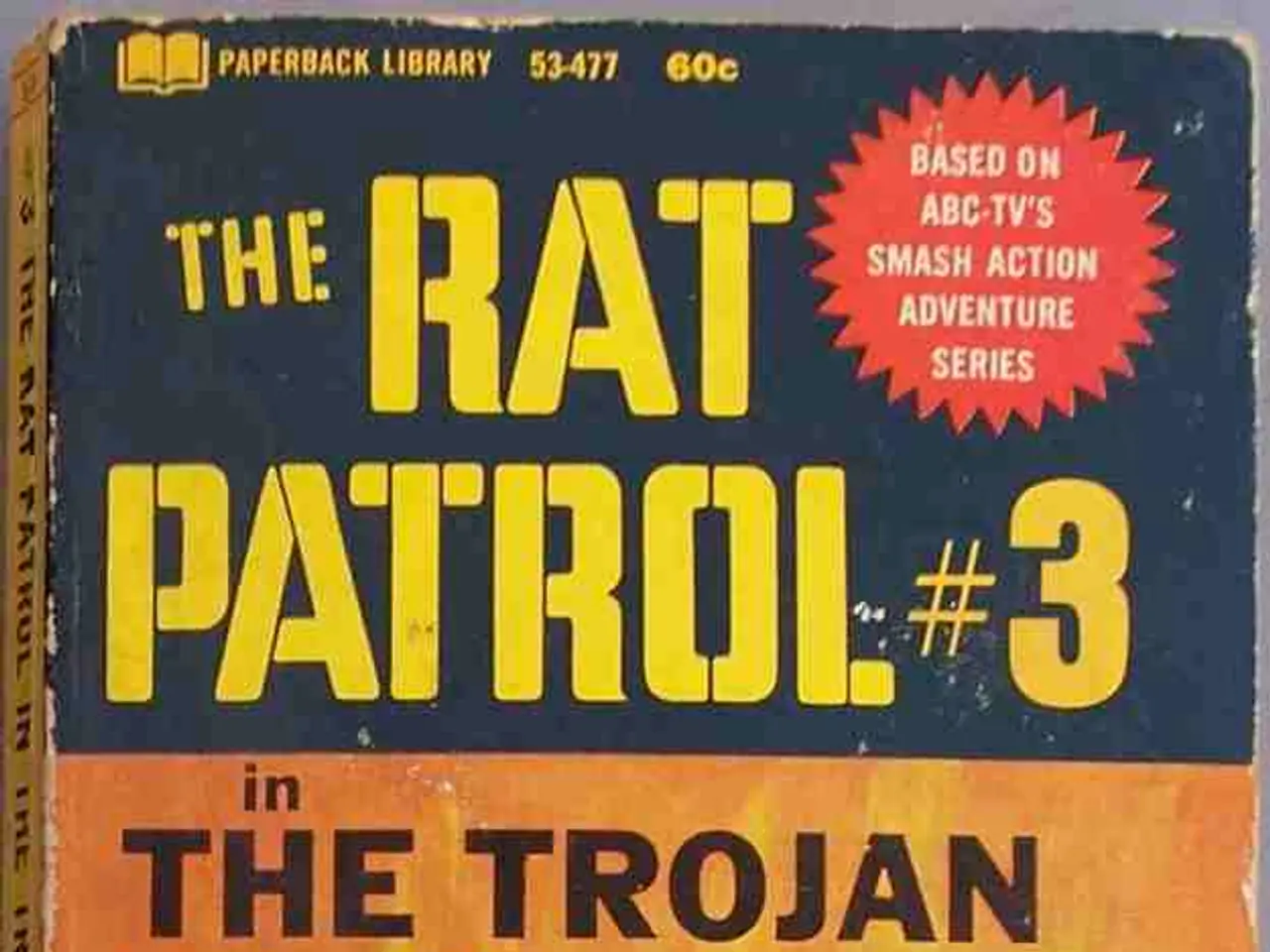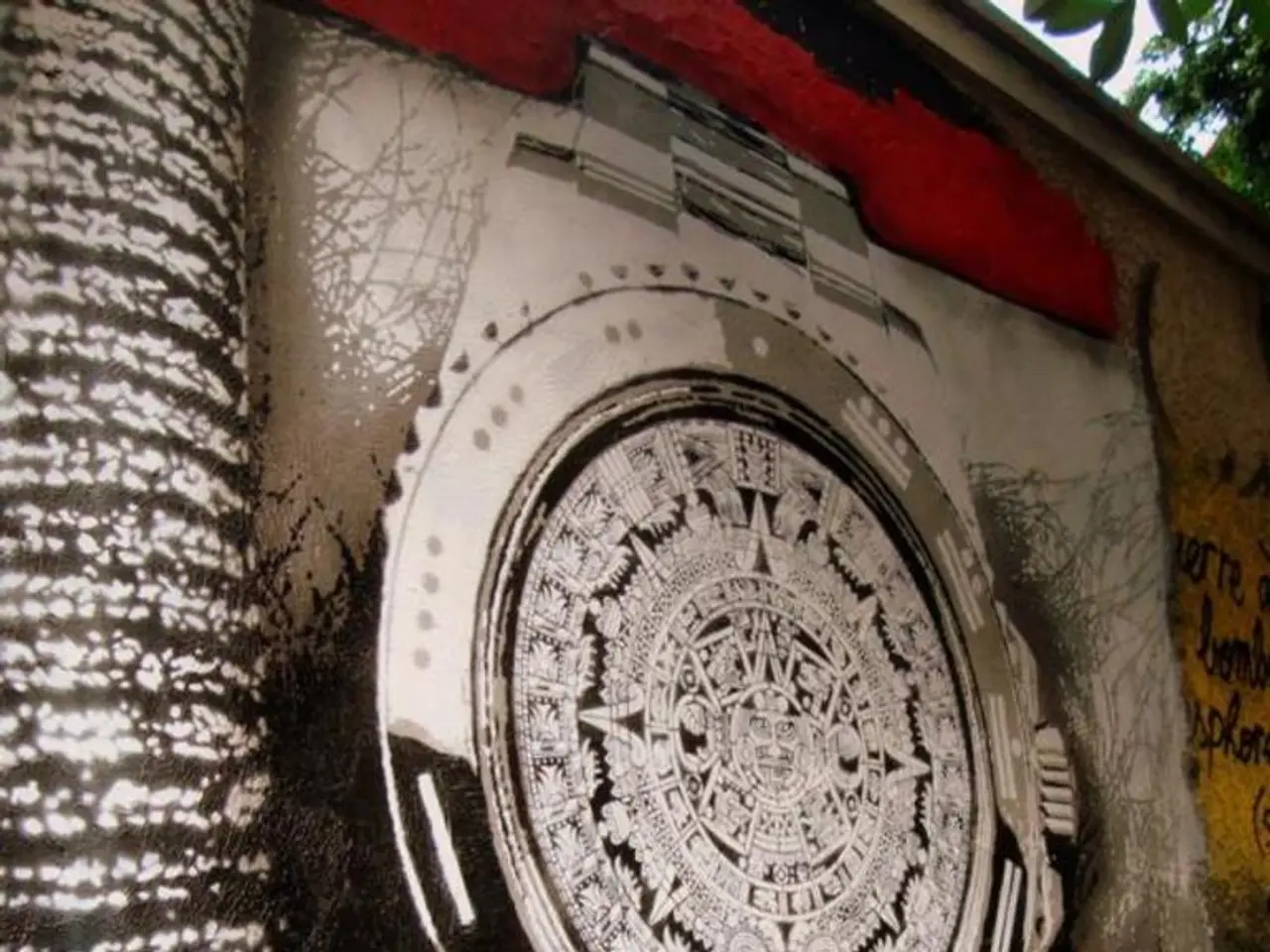Uncover the clandestine World War II espionage organization that prepared females to lethally engage in hand-to-hand combat
In the tumultuous years of World War II, a secret taskforce was formed with a mission to "set Europe ablaze" - the Special Operations Executive (SOE). Among its ranks were women who, often overlooked and under-acknowledged, played a pivotal role as covert agents operating behind enemy lines, especially in occupied Europe.
Prime Minister Winston Churchill authorized the creation of the SOE in 1940, recognizing the potential of these unsung heroines. These women underwent weeks of rigorous physical and psychological conditioning in remote country houses, learning sabotage techniques, marksmanship, wireless operation, and close-combat methods, including the radical innovation of being trained to kill with their bare hands. Size or strength was irrelevant; the skills being taught were the ones that mattered.
Women in the SOE were valued partly because they were less conspicuous than men and could operate undercover more effectively. Out of about 400 SOE agents sent to France, around 39 were women, many of whom left behind families and children, fully aware of the extremely high risk. Roles such as wireless operators had an average life expectancy in the field of just six weeks due to the risk of being detected by the Germans.
Vera Atkins, a senior intelligence officer in SOE's French 'F-Section', was a key figure responsible for recruiting, training, and coordinating these agents. She oversaw their preparation and deployment with great personal involvement and dedication. The SOE's mission was to undermine Nazi control through sabotage, intelligence, and support for local guerrilla fighters, and women were integral to fulfilling this mission.
The SOE supported resistance movements across Nazi-occupied Europe, producing a variety of unusual devices for resistance, including exploding rats, incendiary cigarettes, daggers hidden in hatpins, and the Wellrod pistol. Among the lost women were Noor Inayat Khan, Violette Szabo, and Odette Sansom, who had survived brutal training, parachuted into occupied France, and coordinated resistance cells before being captured, tortured, or executed.
Vera Atkins made it her personal mission to trace the fate of missing agents after the war, finding 117 out of 118 missing agents, with 13 of those being women who were either executed or died as a result of their treatment in concentration camps.
The story of the SOE is often perceived as glamorous, but there is much more work to be done in telling the stories that have been hidden from view, obscuring great adversity and sacrifice. Dr. Kate Vigurs, author of "Mission Europe: The Secret History of the Women of SOE" (YUP, 2025), sheds light on this long-overlooked legacy of female heroism that has contributed significantly to strategic victories such as the planning of D-Day and the empowerment of local resistance fighters across Europe.
SOE left behind a legacy of female heroism that has long gone unrecognized, a testament to the courage and resilience of the women who fought in the shadows during World War II. The SOE was formally disbanded in 1946, months after Churchill left office, due to its work being deemed too secret and too politically sensitive to continue outside of wartime. Yet, the impact of these women on the course of history remains undeniable.
- The significance of women's contributions to military history is evident in their pivotal roles during World War II, particularly within the Special Operations Executive (SOE), where they underwent intense training in various war-and-conflicts tactics and served as covert agents behind enemy lines.
- The politics of war did not overshadow the invaluable impact of SOE agents on the general-news of the time, as they played a crucial role in undermining Nazi control through sabotage, intelligence, and support for local guerrilla fighters, a contribution that significantly influenced strategic victories such as the planning of D-Day and the empowerment of local resistance fighters across Europe.







